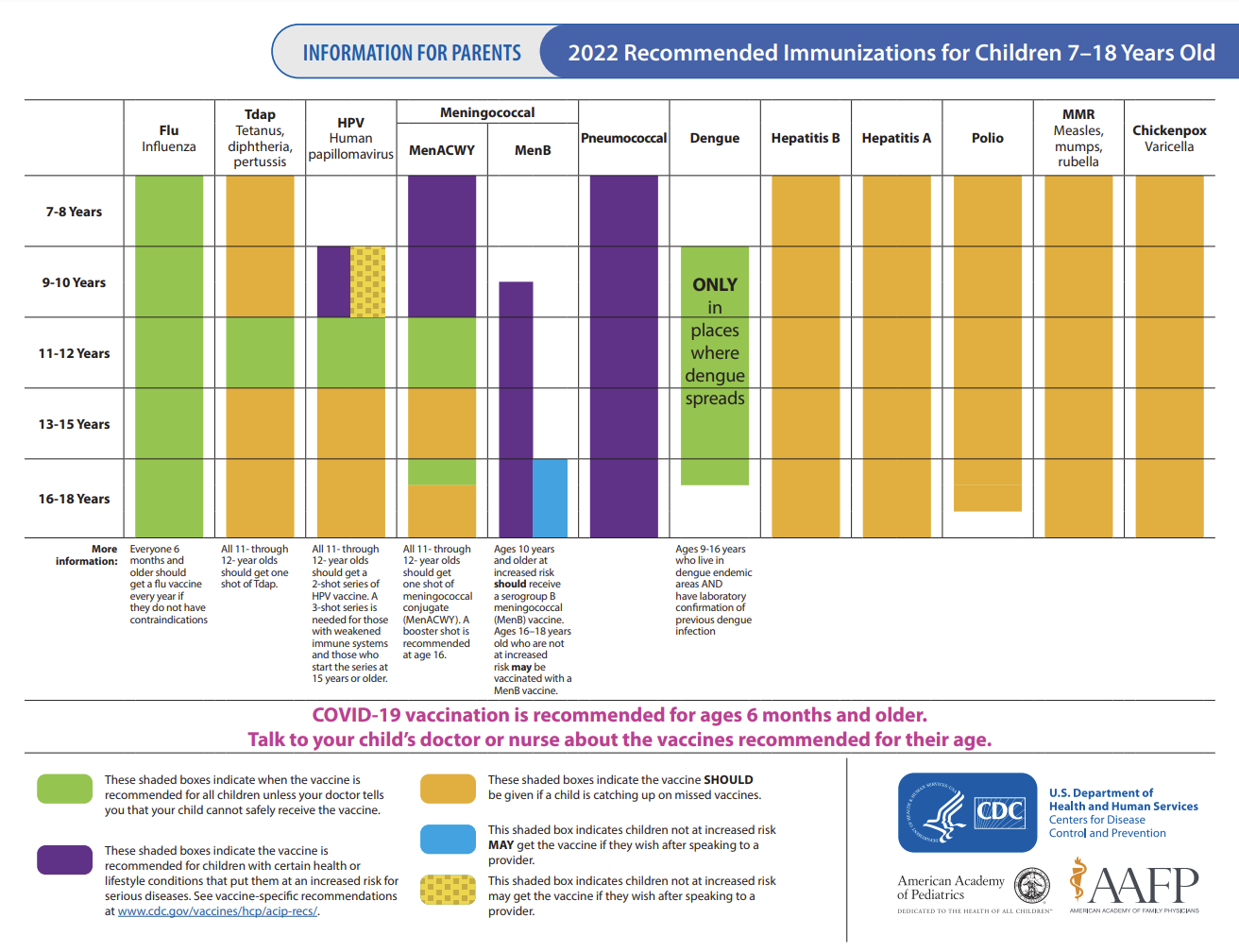
Children’s Services
The Knox County Health Department participates in the Kentucky Childhood Lead Poisoning Prevention Program (KCLPPP). KCLPPP is part of the Healthy Homes Initiative and offers a comprehensive approach to primary and secondary prevention of childhood and prenatal lead poisoning and other housing-related health hazards.
As part of this program, KCHD provides the following services:
Screening: Our clinic provides free or low-cost lead screening for children 6 and under. A Health Department nurse works to manage the cases of any children found to have high blood lead levels.
Investigation: Environmental staff from the Health Department conducts investigations for possible causes when a child is found to have high blood lead levels.
Education and Outreach: Education and outreach activities provide information through Web pages, pamphlets, brochures, health fairs and collaboration with community groups and state and federal agencies.
Prevention Efforts
Primary prevention includes activities such as blood lead screenings for at-risk populations and education on preventive strategies to decrease childhood and prenatal lead hazard exposure.
Secondary prevention includes case management follow-up for elevated blood lead levels, medical and environmental services, epidemiological studies, education and connections to other professionals and programs.
Primary Prevention: Blood lead screening of at-risk populations:
Children 72 months of age and younger and pregnant patients
Medicaid eligible
Those living in a targeted ZIP code
Those responding yes or don’t know on the Lead Poisoning Verbal Risk Assessment
Education on preventive strategies:
Identify potential sources of lead hazards
Keep children away from potential sources of lead hazards
Encourage a diet that includes increased amounts of calcium, iron and vitamin C and less fat to help prevent lead absorption.
For housing built before 1978, housecleaning techniques such as damp dusting, wet mopping, vacuuming daily with a hepa filtered vacuum, leaving shoes at the door in a tote or on a shelf that is inaccessible to children, wiping child’s toys down daily and keeping in a covered tote
Hand washing with soap and water prior to eating/snacking or sleep times
Use temporary measures to reduce childhood access to lead based paint hazards that may include but are not limited to: blocking child access to potential hazardous area with a barrier, for example, placing furniture in front of a chipping window sill;
Use of duct or masking tape and plastic or cardboard to cover an area of chipping/peeling surface until permanent work can be conducted;
Daily damp dust, wet mop and vacuum with a hepa vac especially in the child’s play area;
Wipe child’s toys clean, keep toys in clean dry tote, and placing tote in cleaned play area and limiting the child’s play to only this area; (especially if child is crawling and/or in hand-to-mouth exploration stage);
Keep child’s hands washed with soap and water, (germ gel does not remove lead), wash hands before snacks and meals and before any sleep times, nap or bedtime (especially if child is crawling and/or in hand-to-mouth exploration stage);
Leaving shoes outside, or placing shoes in a tote or shelf out of the child’s reach to keep lead dust/paint chips from being tracked in from outside.
Exploring the possibility to relocate child(ren) and pregnant women from the home while renovation/remediation work is in progress.
Assure the family is using lead safety work practices during renovations (walk off areas, plastic off door areas, remove shoes/clothing before entering living spaces, daily clean up and vacuuming of work and walk off areas).
Lead Screening and Investigation
Children of all ages need complete health check-ups on a regular basis to promote better health for their future. With scheduled check-ups, minor health problems in children can be caught before they become serious. Physical, mental or developmental problems can also be found and treated early. Immunizations can be given at routine check-ups to prevent childhood diseases such as chickenpox, mumps, or measles.
Areas of health care that are checked during exams are:
Medical history and physical exam
Vision and hearing
Immunization status
Nutrition
Age appropriate health education for parents
Lab testing including blood lead level
Dental Health and substance abuse
Dental varnish application and required kindergarten oral examinations
Children should get health check-ups regularly at the recommend screening intervals. School physicals are required prior to school entry, which includes Head Start, Preschool, Kindergarten (if one was not done prior to Head Start or Preschool) and prior to entry into the sixth (6th) Grade. School physical and well child exams are available at the Knox County Health Department.
For more information, visit http://chfs.ky.gov/dph/mch/default.htm
Well Child Examination
The Knox County Health Department provides childhood immunizations through the Kentucky Vaccine Program.
The Kentucky Vaccine Program (also known as the VFC program) is a federally-funded and state-operated vaccine supply program that became operational October 1, 1994.
The Kentucky Vaccine Program is intended to help raise childhood immunization levels in the United States, especially among infants and young children.
The groups of children designated to receive vaccines through the Kentucky Vaccine Program include:
Children enrolled in Medicaid Children who do not have health insurance
Children who have health insurance which does not cover immunizations
Children who are American Indian or Alaskan Native
PLEASE NOTE: Having a high insurance deductible does not qualify an individual as underinsured.
For more information
https ://www.cdc.gov/vaccines/ schedules/easy-to-read/index. html






